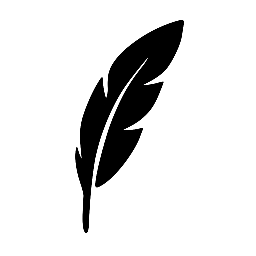In my teenage years, I came to realize that angels and demons are actually the same thing, but spiritually polar opposites. So, it’s then our place as mere mortal beasts cursed with divine reason to decide ultimately which side of the pendulum attracts us most.
There was a moment in my own adolescence—especially for someone like myself wired for too much thought and not enough sleep—when binary spiritual symbols stopped feeling external and started becoming mirrors. For me, that moment came when I realized that angels and demons weren’t opposing species, but opposing states of the same being and of the same soul.
No one is born wholly one extreme or the other. The divine and the damned are carved from the same material. To me, good and evil don’t live so much in tension as in reflection. The divine is simply the soul made lucid through intention; meanwhile, the demonic is the soul cracking under unacknowledged need. Both require choice. The angel becomes one not by default, but by resistance. The demon, not by destiny, but by surrender. We can call this the Pendulum of Duality.
How we talk about angels and demons says more about us than them. We moralize, metaphorize, and sanitize them. We claim to be fully on one side while harboring seeds of the other. The real danger isn’t in being “tempted” by the wrong side. The folly is in believing the battle is ever over, that we’ve already arrived at goodness. Rhetorically, the pendulum image works because it implies motion, not arrival. We aren’t static beings. We are constantly choosing—and being chosen by—our own patterns of thought and action
I’ve never been convinced that angels must glow and demons must rot. Some demons are devastatingly beautiful. Some angels arrive broken and bleeding. The aesthetic of each is layered, fluid, not confined to Renaissance paintings or neon-drenched horror tropes. Their energy is tone, not costume. There’s poetry in the paradox.
In society, we’re taught to name the angel, fear the demon. Yet, the systems around us reward selfishness, ego, and destruction masked as ambition. It’s culturally safer to chase the power of demons than the humility of angels. Thus, we live in a societal system that favors Angels in theory, but Demons in practice, even if we’re taught that it’s supposed to be the other way round.
Critically, then, we must ask: What incentivizes demonic behavior? Who profits when we give in? And what does resistance cost us? The spiritual war isn’t waged in heaven or hell—it’s in the unremarkable choices we make when no one’s watching. Whether we soothe or scald. Whether we forgive or flinch. Whether we show up as guardians or saboteurs. Angels and demons aren’t out there. They’re inside each of us.

Leave a Reply